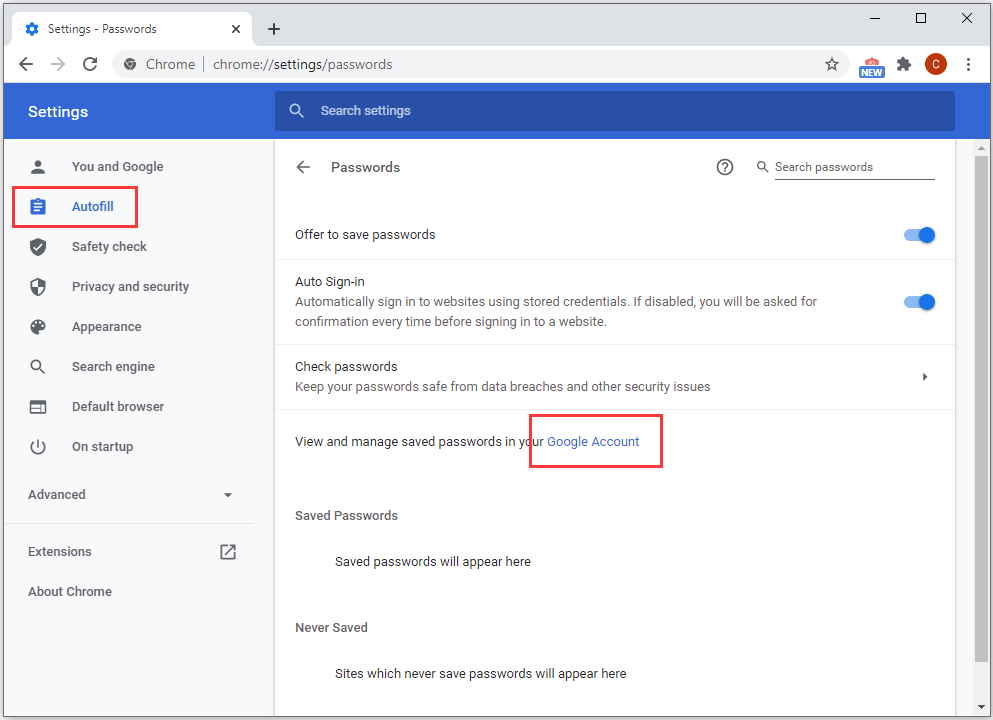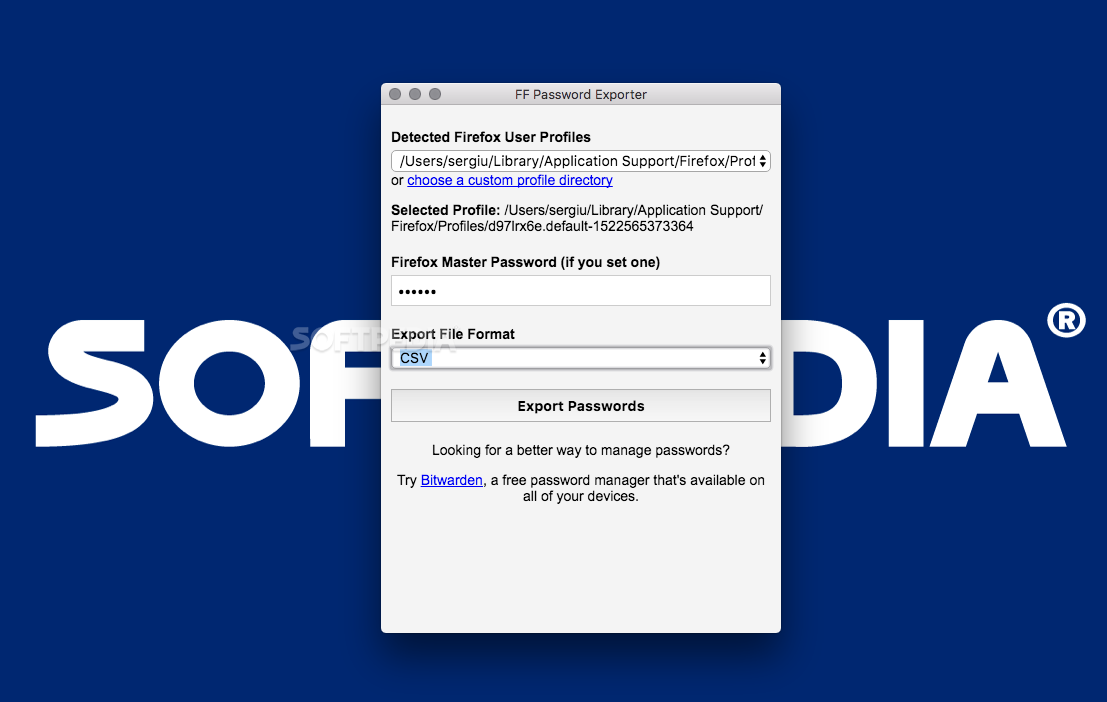

- #PASSWORD MANAGER PRO EXPORT ALL PASSWORDS HOW TO#
- #PASSWORD MANAGER PRO EXPORT ALL PASSWORDS PASSWORD#
For steps on how to do this, check out Jenny’s tutorial here. If you wish, you can also switch your Web Login Preference from RDM to DPS.

#PASSWORD MANAGER PRO EXPORT ALL PASSWORDS PASSWORD#
Once the process is over, all of your entries will be stored in Devolutions Password Server. If you click “NEXT” more than once, then you might end up with duplicate entries. Once done, click “NEXT” once and ONLY once! Why is this so important? Because the process can take a little while if you’re importing many entries. Important Note : Before you click on next again, make sure to review all the entries you wanted to add.
:max_bytes(150000):strip_icc()/A3-UsetheMicrosoftEdgePasswordManager-annotated-6a9f8806590f4a11b58a9892141e46fe.jpg)
Choose the folder that you want to import into.Once in your vault, click on the “+” button, and then click on import to open the “import entries” window.Select the vault (Shared or Private) you want to add your entries to.Head to your company’s DPS account (ex:.Importing Entries in Devolutions Password Server Make sure you keep this password safe and secure! Important note : Specifying a master key will encrypt the entire. Keep in mind that by default, the credentials are NOT included. rdm export format, and secure your files with a master key. Once you click on export selection, you can also include your credentials in. In the Remote Desktop Manager Export Entries Window Start by going to the Edit tab, and click on Export Selection (.rdm) Well my friends, let me tell you that it’s very simple! Here is what to do: If you’re thinking of joining me on the journey from Remote Desktop Manager to Devolutions Password Server, you might be wondering how to transfer all of your entries. And then the arrival of Devolutions Launcher sealed the deal for me, since it allows me to connect to remote machines and accounts without having to open Remote Desktop Manager (by the way, we released Devolutions Launcher 1.1 last week). I had been thinking of doing this for a while, because logging in via the Office 365 Authentification is easy and convenient. Recently, I decided to switch my password management platform from Remote Desktop Manager to Devolutions Password Server. Over the years, I’ve also added some more layers of security and protection, such as high-end encryption and 2-factor authentication. So, I started using Remote Desktop Manager as my password management platform, and I’ve found it easy and fast to create entries, scan passwords and generate new passwords. All Features of Standard Edition SSH Key Pair Lifecycle Management Periodic SSH Key Rotation Automated SSH Discovery Microsoft CA Auto Renewal CMDB. I’ve always been a techie, and so I selected long, complex passwords and changed them pretty often (which by the way is a practice that the National Institute of Standards and Technology/NIST is now advising against - we’ll be blogging on that soon!)īut once I started working here as an intern (read about that here), I was shocked to see how much more I needed to do. It’s not like I did unforgivable things like choose “123456” or “QWERTY” as my passwords. Only Login items are exported in this format.I have a confession to make: prior to working at Devolutions, I wasn’t as cautious as I am today with password security. Comma Delimited Text (.csv) to move Login items to a different app.Open 1Password and unlock the vault you want to export.To export your 1Password data in 1Password 4: Tab Delimited Text (.txt) to move data to a different app.Comma Delimited Text (.csv) to move data to a different app.1Password Interchange Format (.1pif) to move data to another copy of 1Password.Choose where you want to export your 1Password data and choose an export format:.Right-click the selected item(s) and choose Export.Select all the items by pressing Ctrl + A after clicking one of the items in the list. Select multiple items by holding down the Ctrl key when clicking on them. To export your 1Password data in 1Password 7:


 0 kommentar(er)
0 kommentar(er)
